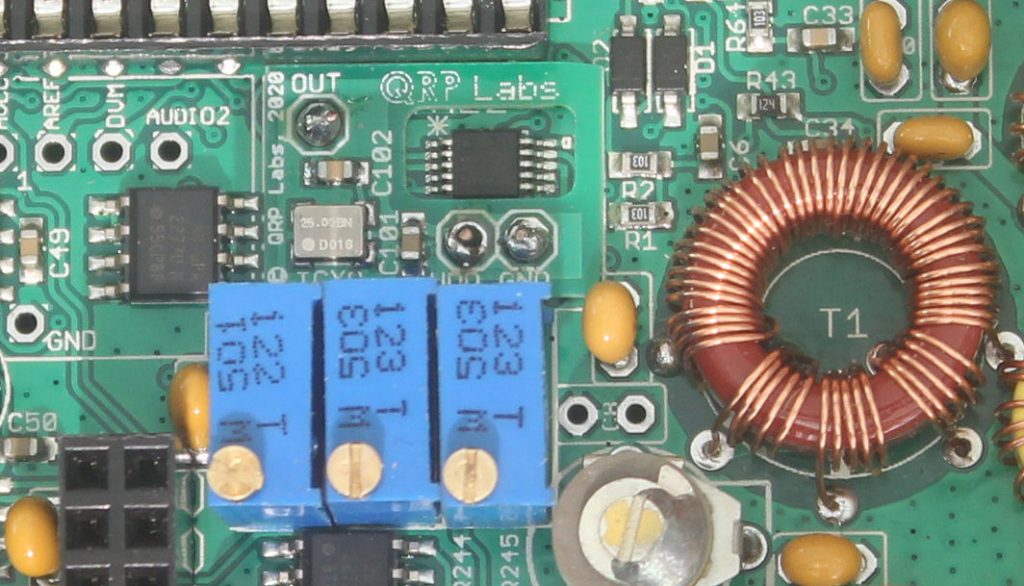Hans does it again!
Synchronised with the Dayton Hamvention I was delighted to see the annoucement of a new transceiver from QRP Labs. Ordered this morning without hesitation and looking forward to reporting on progress on the blog!
I think it will be some time before they are shipped – this will be a popular kit from QRP Labs.
Information so far:
The “QMX” (QRP Labs Mulitmode Xcvr): a feature-packed, high performance, five-band (80, 60, 40, 30, 20m) 5W multi-mode transceiver kit. , including embedded SDR receiver, 24-bit 48 ksps USB sound card, CAT control, synthesized VFO with TCXO reference. QMX transmits a SINGLE SIGNAL, it is not an SSB modulator with associated unwanted sideband and residual carrier, or intermodulation due to amplifier non-linearity. QMX outputs a pure single signal. QMX is currently only suitable for single tone FSK modes, which covers the majority of digital modes in use today (if it later supports SSB, multi-tone and phase shift digi modes will be possible). This includes everything in WSJT-X, JS8Call, some fldigi modes e.g. RTTY, Olivia and more. QMX is also suitable for on/off keyed modes such as CW because it has click-reducing RF envelope shaping; it is not suitable (until and if SSB is implemented) for phase shift keyed modes such as PSK31 or modes involving multiple concurrent tones such as WinLink.
Specifications
- 80, 60, 40, 30 and 20m
- CW and FSK Digi modes
- All features of QCX-mini (VFO A/B/Split, RIT, Message and frequency memories, beacon, keyer)
- 5W output at 9V supply (can be built for 4-5W at 12-13V supply)
- SWR bridge built in
- Single signal transmission (zero unwanted sideband, zero residual carrier, zero intermodulation distortion)
- Solid-state band switching and transmit/receive switching under CAT control
- High performance embedded SDR SSB receiver with 60-70dB of unwanted sideband cancellation
- Built-in 24-bit 48ksps USB sound card
- Built-in USB Virtual COM Serial port for CAT control
- Si5351A Synthesized VFO with 25MHz TCXO as standard
- Easy to build single-board design, Professional quality 6-layer, through-hole plated, silk-screen printed PCBs
- All SMD components factory assembled
- Connectors: 2.1mm power barrel connector, USB B (for audio and CAT control), BNC RF input/output
- Built-in test signal generator and testing tools
- Switched mode regulators
- Receive current 80mA, Transmit current 1.0-1.1A for 5W output with 9V supply (around 0.7A for 5W with 12V supply).
- Optional aluminium extruded cut/drilled/laser-etched black anodized enclosure
After my success with the Ultimate 2 and 3, QCX Plus, QCX Classic and QCX Mini, and QDX, I am excited!


Info here: http://qrp-labs.com/qmx
Order: http://shop.qrp-labs.com/qmx?search=qmx




























































